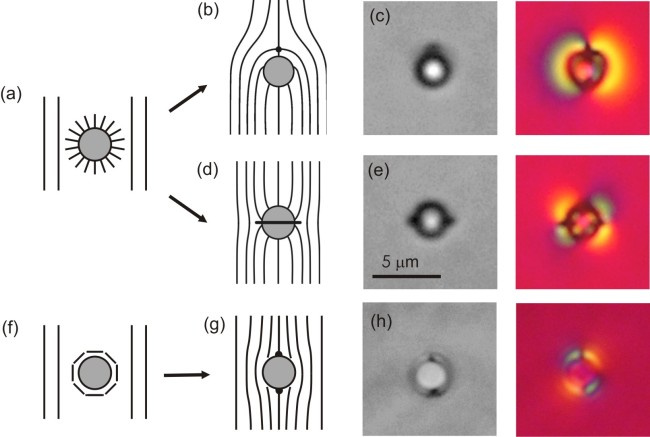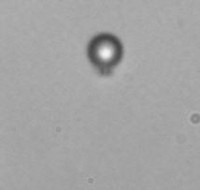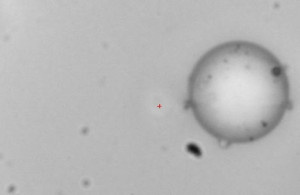
Name of Service
Lorem ipsum dolor sit amet consec tetur adipiscing elit. Pellentesque iaculis, risus quis consectetur sollicitudin, dui metus porttitor magna, et tempus ligula velit
| 
Name of Service
Lorem ipsum dolor sit amet consec tetur adipiscing elit. Pellentesque iaculis, risus quis consectetur sollicitudin, dui metus porttitor magna, et tempus ligula velit
| 
Name of Service
Lorem ipsum dolor sit amet consec tetur adipiscing elit. Pellentesque iaculis, risus quis consectetur sollicitudin, dui metus porttitor magna, et tempus ligula velit
| 
Name of Service
Lorem ipsum dolor sit amet consec tetur adipiscing elit. Pellentesque iaculis, risus quis consectetur sollicitudin, dui metus porttitor magna, et tempus ligula velit |












